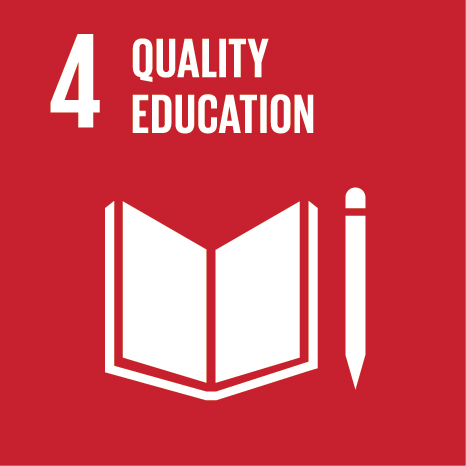 +265(0)111 624 222
+265(0)111 624 222 research@unima.ac.mw
research@unima.ac.mw Chirunga-Zomba, Malawi
Chirunga-Zomba, Malawi
Determinants of Female Schooling and Fertility in Malawi: An Application of Bivariate Poisson Regression Model
Abstract
It is established that there is a correlation between a woman’s level of education and the number of children she has, suggesting that the two variables share common risk factors. Previous studies often analysed these variables separately, potentially underestimating their correlation and biasing regression estimates and conclusions. This chapter uses bivariate Poisson regression to model women’s fertility and education levels in Malawi, based on data from 24,562 women from the 2015–2016 Malawi demographic and health survey. Results were compared with those obtained using separate univariate Poisson models for each variable. The results showed that the estimates from the bivariate Poisson model were consistent with those from the separate univariate Poisson models, with similar effect sizes, directions, standard errors, and p-values. Factors such as a woman’s age at sexual debut, current age, household wealth index, and contraceptive use were significantly associated with both the duration of schooling and the number of children born. Conversely, ethnicity, religion, and region of residence impacted education level only, while a woman’s marital status and occupation affected fertility only. Notably, higher levels of education were linked to a lower number of children born, with a strong negative correlation of \(-0.62\) between the two variables. The study recommends using bivariate Poisson regression when analysing paired count response data with an observable covariance between the outcome variables. Results suggest that efforts to improve women’s sexual and reproductive health in sub-Saharan Africa should be intertwined with improving women’s and girls’ education in the region.
| Original language | en |
| Pages (from-to) | 47-70 |
| Publication status | Published - 2025 |
UN SDGs
This research output contributes to the following United Nations (UN) Sustainable Development Goals (SDGs)

UN SDGs
This research output contributes to the following United Nations (UN) Sustainable Development Goals (SDGs)

UN SDGs
This research output contributes to the following United Nations (UN) Sustainable Development Goals (SDGs)
